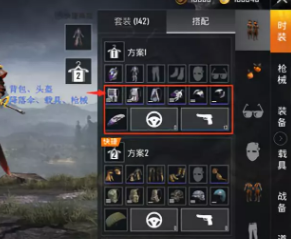how to buy xrp digital currency- Top Knowledge
2. The change of social concept and educational conceptIt is also more beneficial to the cultivation of students' artistic and sports specialties. Teachers can discover the potential of each student in painting, music and sports, and provide them with more opportunities for guidance and participation in related activities. For example, in music class, teachers can give each student more time to practice solo and improve their singing skills.Third, the implementation challenges and coping strategies
One of the biggest challenges to control the class size to 15 students is the allocation of educational resources. We need more hardware resources such as classrooms and teaching equipment, and we also need to increase the number of teachers. In this regard, the government can increase investment in education. For example, some governments in Europe and America support school infrastructure construction and teacher recruitment through special education funds. For example, some state governments in the United States will provide funds for building new classrooms or transforming existing classrooms to meet the needs of small class teaching according to the school's small class plan.In terms of social concept, many parents and social people are accustomed to the traditional large class teaching mode and think that large class teaching is a normal state. To change this concept, education departments and schools need to carry out extensive publicity. The exhibition of educational achievements can be held to show the outstanding achievements of students in small class teaching, including the achievements of students' academic progress and comprehensive quality improvement.1. Improve the teaching effect.
In the process of educational reform, Korean schools are gradually developing into small classes. South Korea's education pays attention to cultivating students' comprehensive quality. In a class of 15 students, teachers can better organize diversified teaching activities. For example, group project-based learning is carried out, so that each student can give full play to his own advantages in the project and cultivate teamwork spirit and the ability to solve practical problems. At the same time, the Korean education department found that small-class teaching helps to reduce the academic pressure gap between students and promote educational equity.I. Successful experiences of Europe, America, Japan and South KoreaJapan and South Korea also have experience in class size control. Japanese school education emphasizes refined training, and the class size is generally small. In a class of 15 students, teachers can pay close attention to students' psychological state and learning progress. Japanese educational circles believe that a small class size helps to create a good teacher-student relationship, which has a positive impact on students' physical and mental health and learning motivation. According to the survey, in small class teaching in Japan, students' participation in class has increased by nearly 30% compared with that in large class.
Strategy guide
Strategy guide 12-14
Strategy guide
12-14
Strategy guide
12-14
Strategy guide 12-14
<address dropzone="04NCl"></address>

























